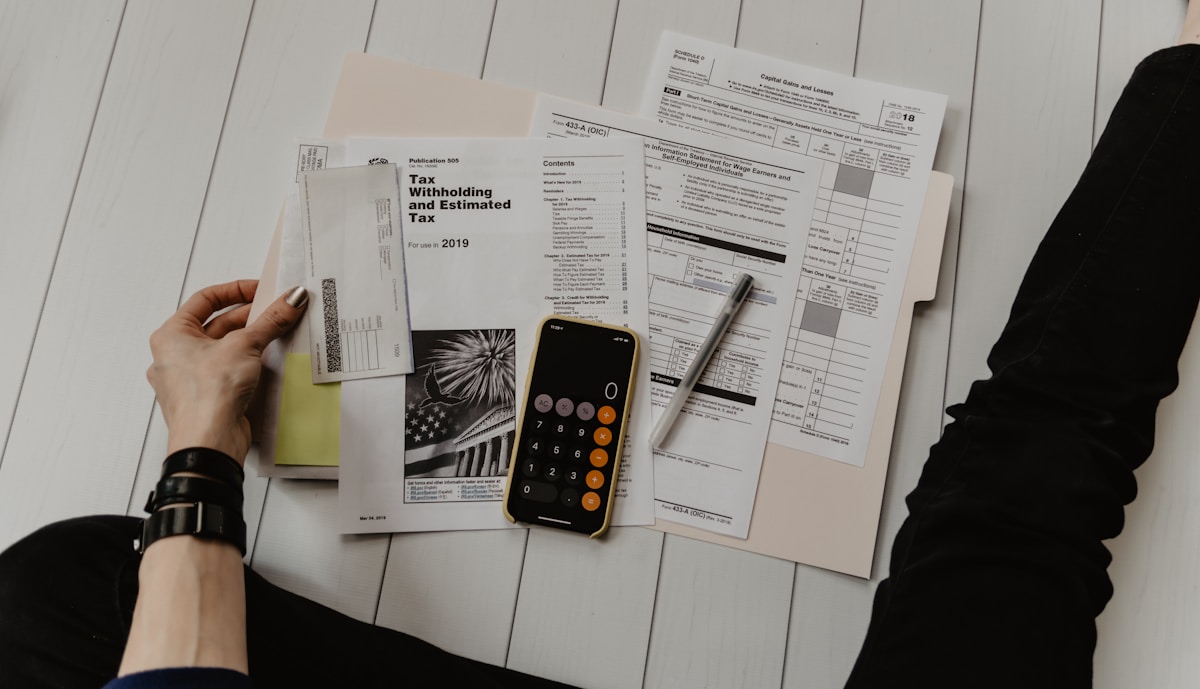Effective expense tracking is the foundation of financial success. Whether you're managing personal finances or running a business, these 10 proven strategies will help you take control of your spending and achieve your financial goals.
1. Track Every Expense, No Matter How Small
The golden rule of expense tracking is simple: record everything. That $3 coffee, the $5 parking fee, or the $2 app subscription – they all add up. Small expenses often fly under the radar, but they can significantly impact your budget over time.
With tools like Spentiva's WhatsApp integration, tracking every expense becomes effortless. Simply send a quick message, and your expense is logged instantly.
2. Use Smart Categories
Categorizing your expenses helps you understand where your money goes. Common categories include:
- Housing (rent, mortgage, utilities)
- Transportation (fuel, public transit, parking)
- Food & Dining (groceries, restaurants)
- Entertainment (movies, subscriptions, hobbies)
- Healthcare (insurance, medications, doctor visits)
- Personal Care (haircuts, gym, clothing)
Spentiva's AI automatically categorizes your expenses, saving you time and ensuring consistency.
3. Review Your Expenses Weekly
Set aside 15 minutes each week to review your spending. This regular check-in helps you:
- Catch errors or duplicate charges
- Identify spending patterns
- Make timely adjustments to stay on budget
- Maintain awareness of your financial situation
"The habit of regular expense reviews transformed my finances. I discovered I was spending $200/month on subscriptions I barely used!" - Maria S., Spentiva User
4. Set Realistic Budget Goals
Your budget should be challenging but achievable. Start by analyzing your past spending to understand your baseline, then identify areas where you can reasonably cut back.
Use the 50/30/20 rule as a guideline:
- 50% for needs (housing, food, utilities)
- 30% for wants (entertainment, dining out)
- 20% for savings and debt repayment
5. Track Expenses in Real-Time
Don't wait until the end of the day or week to log your expenses. Record them immediately after each transaction. This ensures accuracy and prevents forgotten expenses.
Modern expense tracking tools make real-time tracking seamless. With Spentiva, you can log expenses via WhatsApp in seconds, even while you're on the go.
6. Use One Method for All Expenses
Consistency is key. Whether you prefer digital tools, spreadsheets, or mobile apps, stick to one primary method. Having multiple systems creates confusion and makes it harder to see the big picture.
7. Monitor Trends and Patterns
Look beyond individual transactions to identify spending trends:
- Which categories consistently exceed your budget?
- Are there seasonal patterns in your spending?
- Do certain days of the week trigger more spending?
- How does your spending compare month-over-month?
Spentiva's analytics dashboard makes trend analysis easy with visual charts and AI-powered insights.
8. Save and Organize Receipts
Keep digital copies of important receipts, especially for:
- Tax-deductible expenses
- Warranty or return purposes
- Business expenses requiring documentation
- Large purchases
9. Automate Where Possible
Leverage technology to automate your expense tracking:
- Set up automatic categorization with AI
- Enable bank account synchronization
- Use recurring expense templates
- Schedule automatic reports
Automation reduces manual work and ensures you never miss tracking an expense.
10. Celebrate Small Wins
Financial progress takes time. Celebrate when you:
- Stay under budget for a category
- Successfully track expenses for a full month
- Identify and eliminate unnecessary spending
- Reach a savings milestone
Positive reinforcement helps build lasting financial habits.
Getting Started Today
You don't need to implement all these strategies at once. Start with the basics:
- Choose a reliable expense tracking tool (we recommend Spentiva!)
- Set up your categories
- Begin tracking every expense
- Review your spending weekly
- Adjust and refine your approach
Pro Tip: Start Simple
Don't overwhelm yourself trying to track everything perfectly from day one. Start with your major expense categories and gradually add more detail as the habit becomes natural.
Remember: The best expense tracking system is the one you'll actually use consistently.
Conclusion
Effective expense tracking is a skill that improves with practice. By implementing these 10 strategies, you'll gain better control over your finances, identify opportunities to save, and work towards your financial goals with confidence.
Ready to transform your expense tracking? Try Spentiva free for 14 days and experience the difference AI-powered tracking can make.



